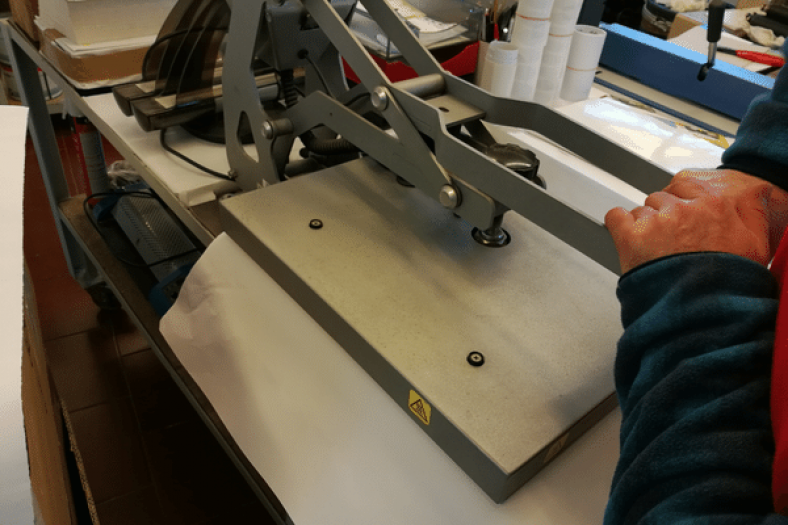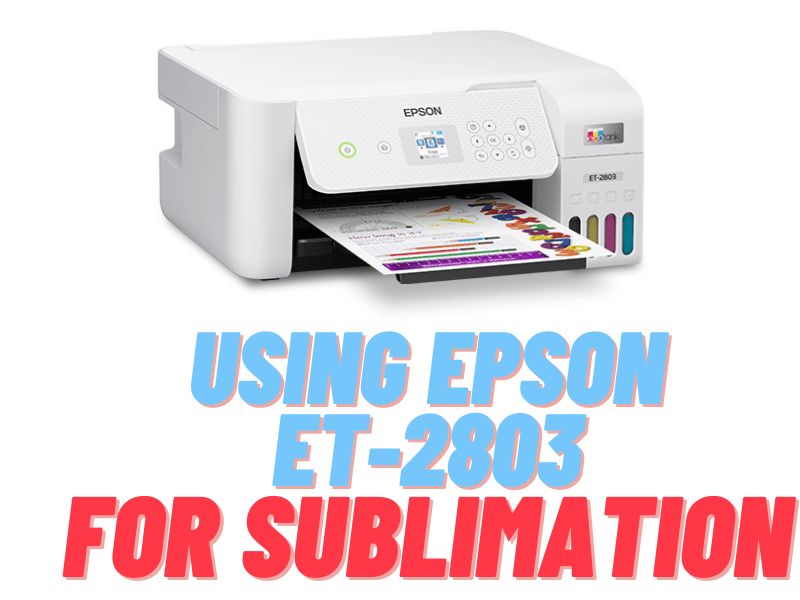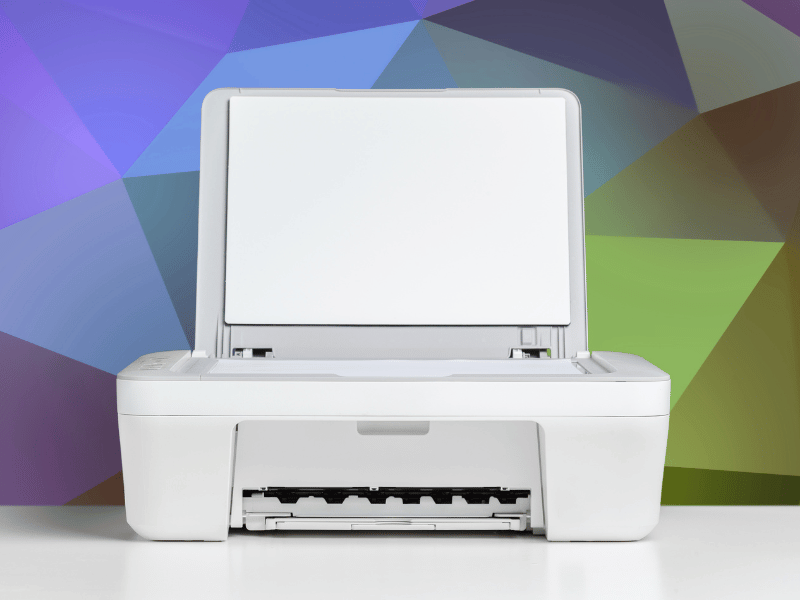A heat press is a device that applies pressure and heat to an item to transfer a design or image onto it. They are often used to print on t-shirts but can also be used on other things such as mugs, hats, and tote bags.
While heat presses are a great way to quickly and easily personalize items, they can sometimes produce an unpleasant smell. In this post, we are going to discuss all that heat press entails: the reasons why it might smell and solutions on how to stop the smell.
Reasons Why does my heat press smell
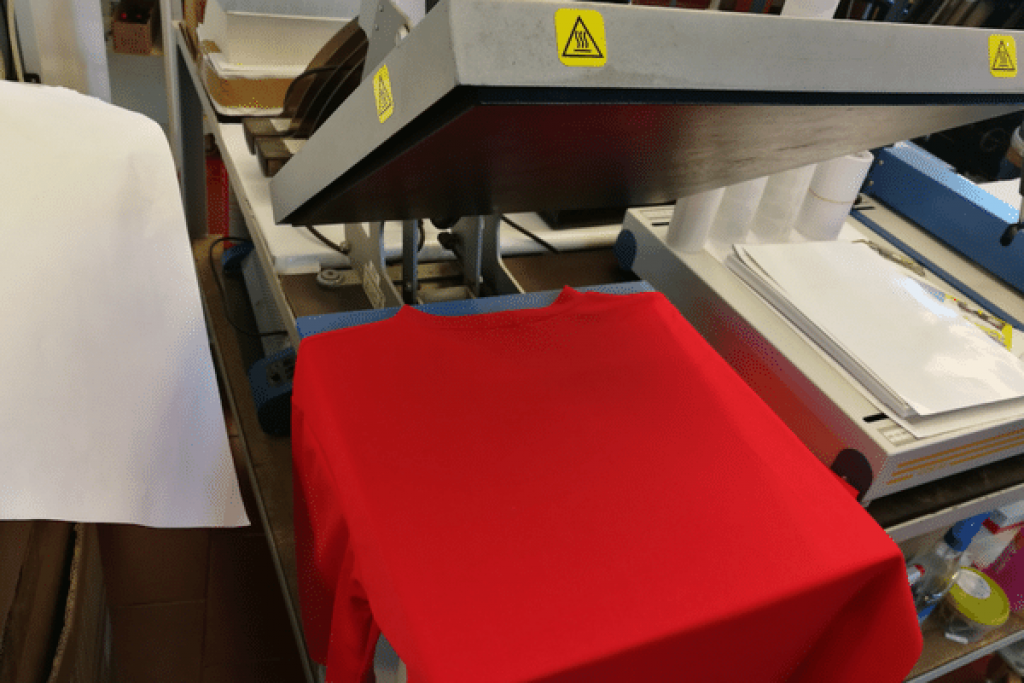
There are a few reasons your heat press may emit an unpleasant smell.
Dirty heating element: One possibility is that the heating element is dirty or covered in dust, which can happen if the machine isn’t used often. This can cause the element to overheat and produce a burning smell.
Old/expired transfer vinyl: Using an old or expired roll of transfer vinyl can also cause a burning smell. Check the expiration date on your vinyl and only use fresh vinyl for best results.
Build-up on the platens: Another possibility is a build-up of residue on the platens from previous projects. This can happen if you don’t clean the platens after each use. Over time, this build-up can cause the platens to overheat and produce a burning smell.
Solutions:
The best way to avoid a burning smell from your heat press is to keep it clean and well-maintained. Here are a few tips:
Clean the heating element regularly: If you don’t use your heat press often, be sure to clean the heating element regularly. This will prevent dust and dirt from accumulating and causing the element to overheat.
Use fresh transfer vinyl: Always use fresh transfer vinyl for your projects. This will prevent the vinyl from breaking down and causing a burning smell.
Clean the platens after each use: Be sure to clean the platens after each use. This will remove any residue that could build up over time and cause the platens to overheat.
Is a heat press toxic?
No, heat presses are not toxic. However, the fumes from the press can be dangerous if inhaled in large quantities. The best way to avoid this is to ventilate the area well and wear a mask if necessary. Scientifically, inhaling the fumes from a heat press can cause respiratory irritation and problems. That is because the fumes contain particles of carbon.
When you heat the press, those particles become airborne and can be breathed in. Inhaling too many of them can cause respiratory problems. Carbon is a known irritant and can cause problems if it builds up in your lungs. The best way to avoid this is to ventilate the area well and wear a mask if necessary.
Solutions:
The best way to avoid respiratory problems from heat press fumes is to ventilate the area well and wear a mask if necessary.
You can also try to avoid using the press in enclosed spaces; if you use the press in an enclosed space, open windows and doors to let the fumes out. Another solution is to buy a carbon filter to put over the press. This will help to filter out the particles in the fumes before you breathe them in.
Are heat press fumes safe?
Most people are concerned about the safety of heat press fumes, especially if they are using the machine in a small space. There are a few things to keep in mind regarding safety. First, the fumes from a heat press are not toxic. They are made up of water vapor and some carbon dioxide.
However, if you are using the machine in a small space, it is essential to ventilate the area to avoid breathing in too many fumes. Another thing to consider is that the heat from the press can be dangerous. Always use caution when handling hot materials. Make sure you wear gloves and always have a fire extinguisher nearby in case of an accident.
Finally, it is essential to clean your heat press regularly. This will help to avoid any build-up of fumes and will also help to keep the machine in good working condition. You can use a mild detergent and warm water to clean your heat press.
Be sure to rinse the machine thoroughly after cleaning. Following these safety tips, you can use your heat press without worry. Remember to ventilate the area and clean the machine regularly. And always use caution when handling hot materials. With some care, you can enjoy years of safe and reliable use from your heat press.
How do you clean a heat transfer press?
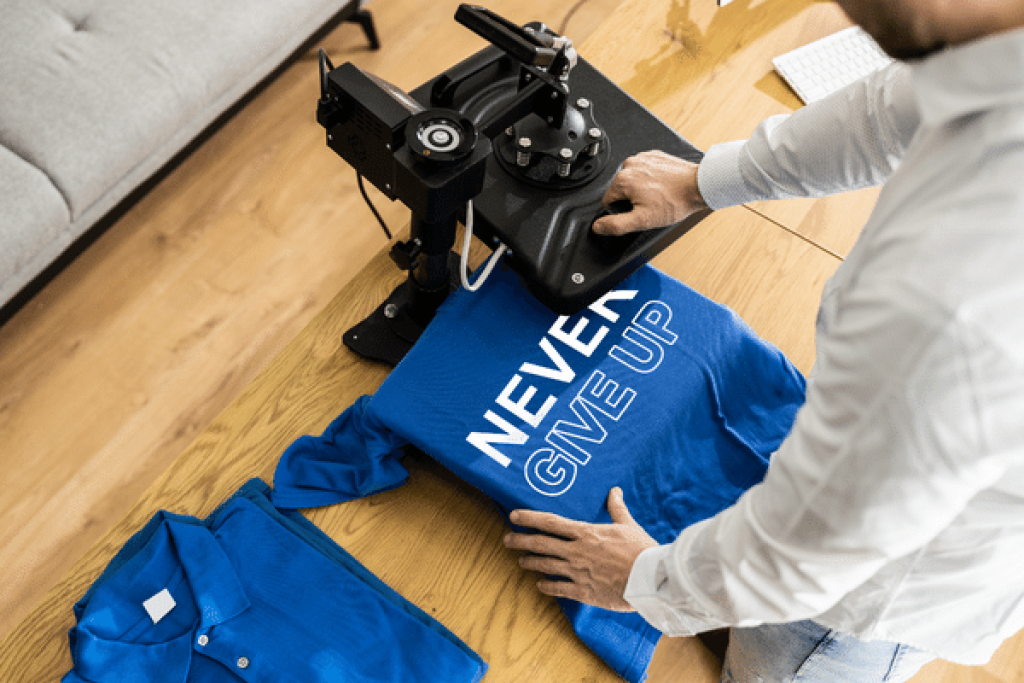
You should clean your heat press regularly to prevent the build-up of ink and debris, which can cause odors. Use a mild soap and water solution to wipe down the press, being careful not to soak the machine. You can also use a specialized cleaning solution made for heat presses. Be sure to follow the manufacturer’s instructions when using any cleaning products.
If your heat press has an automatic shut-off feature, use it when you’re finished using the machine. This will help prevent odors from developing over time. It would be best if you also stored your heat press in a cool, dry place when not in use; that will ensure that it doesn’t develop any musty smells.
How do I clean my easy press 2?
If you notice that your mini heat press is starting to smell, there are a few possible explanations. It could be that the materials you’re using to make your transfers are emitting an odor, or it could be that the heat press itself is starting to build up a residue. In either case, you can do a few things to try to eliminate the problem. Below is a step-by-step guide on how to clean your easy press 2.
- Begin by unplugging the heat press from the power source.
- Next, remove any material that may be on the platen. This could include transfer paper, vinyl, etc.
- Once the platen is clear, use a soft cloth to wipe down the surface. You can also use a mild soap and water solution if needed.
- Once the platen is clean, use a brush or vacuum to remove any debris inside the machine.
- Finally, wipe down the exterior of the machine with a soft cloth.
If you continue to notice an odor after following these steps, you may need to contact a professional for further assistance.
Conclusion
Over the years, heat presses have become an essential tool in the printing industry. Though they come in various shapes and sizes, their purpose remains to transfer images onto materials. Though heat presses are generally safe to use, there are a few safety measures you should take to ensure your safety while using the machine.
In addition, it is essential to clean your heat press regularly to prevent the build-up of ink and debris, which can cause odors. By following the above tips, you can enjoy years of safe and reliable use from your heat press.

